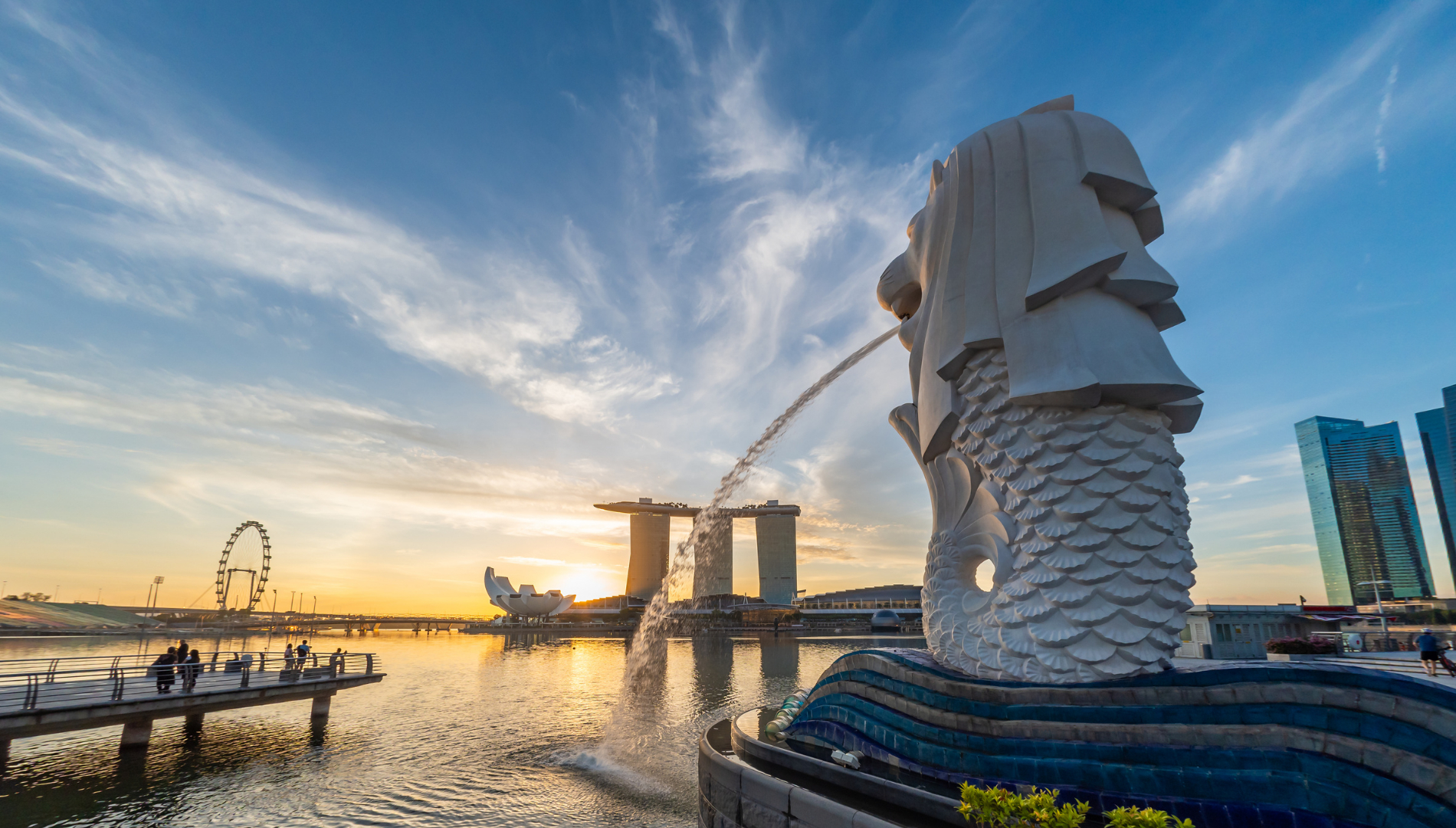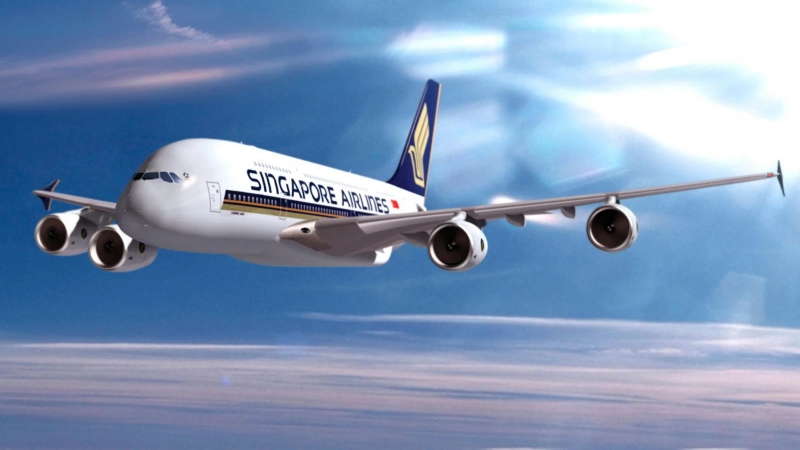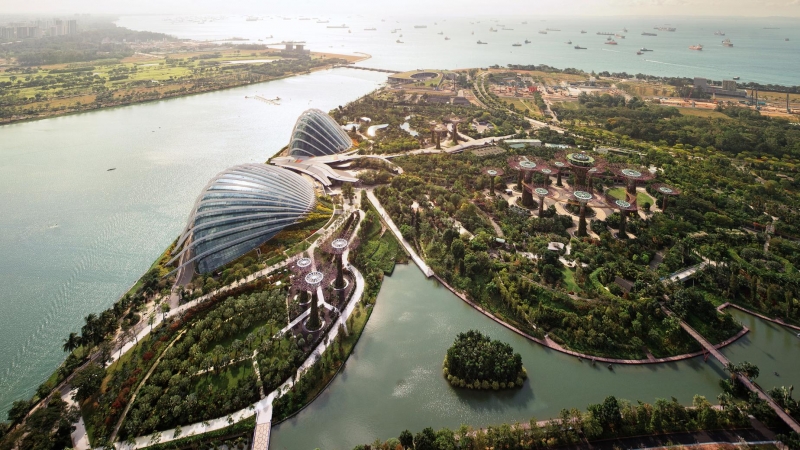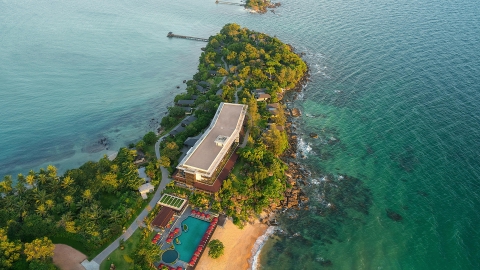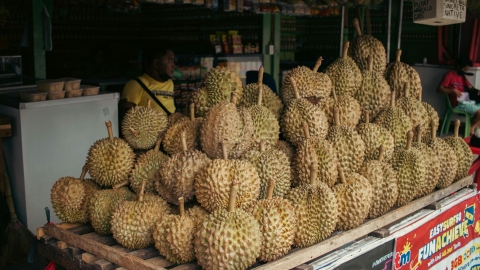Behind the modern, bustling appearance of Singapore lies a diverse and colorful cultural world. Here, Chinese, Indian, Malay and Eurasian cultures blend together, creating a unique cultural picture that cannot be mistaken for anything else. From ancient temples, splendid mosques to vibrant Chinatowns, every street corner in Singapore tells a unique story, bearing the mark of history and culture. Gardens by the Bay or the Merlion statue are not only tourist icons but also vivid evidence of the creativity and constant development of Singapore.
From a small fishing village, Singapore "transformed into a dragon" and stood on par with other countries.
During World War II, Singapore was occupied by the Japanese from 1942 to 1945. The occupation caused much hardship and suffering for the local population. After the war, Singapore returned to British colonial rule until it achieved self-government in 1959.
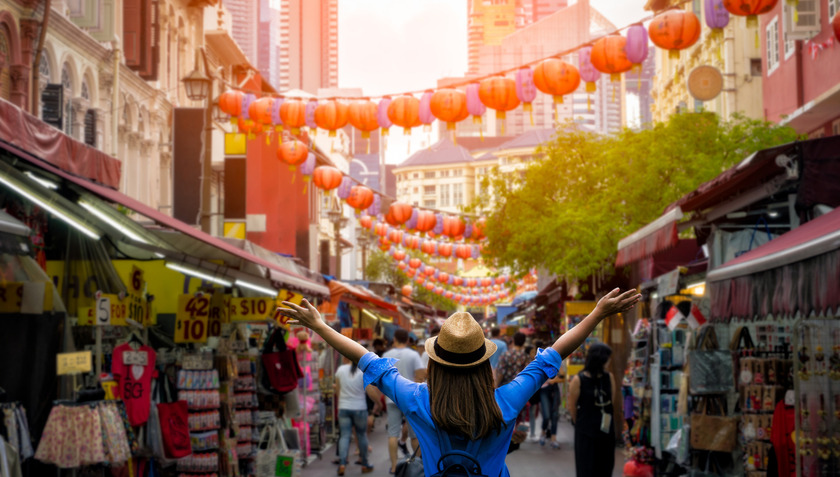
Behind the modern, bustling appearance of Singapore is a diverse and colorful cultural world.
In 1965, Singapore separated from Malaysia and became an independent nation. The early years of independence were challenging as the country faced problems such as high unemployment, housing shortages and social unrest. However, under the leadership of (the late) Prime Minister Lee Kuan Yew and his government, Singapore embarked on a path of rapid economic growth and social transformation.
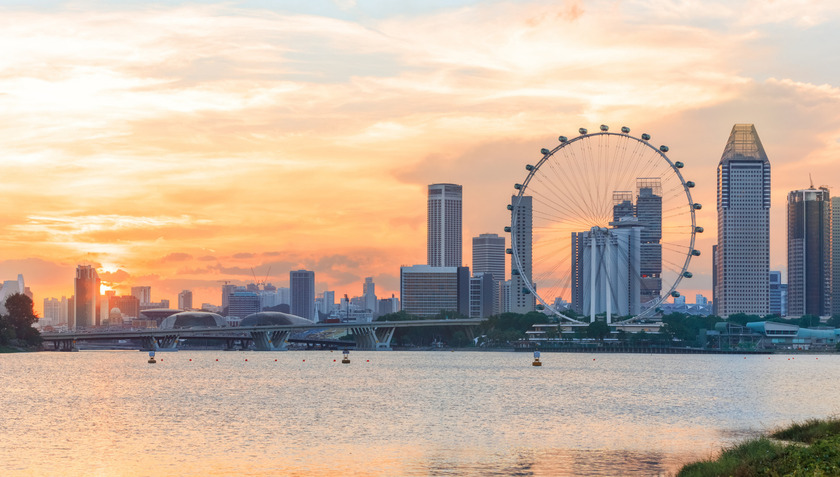
The Lion Island was discovered in 1819 by Thomas Stamford Raffles. At that time, it was still a deserted island, with people living mainly on fishing.
Through strategic planning and policies focusing on education, infrastructure development and attracting foreign investment, Singapore transformed itself into a prosperous modern city-state. It has become a global financial center, known for its efficiency, cleanliness and business-friendly environment.
Today, Singapore is recognized as one of the most developed and prosperous countries in the world. Singapore’s history of colonization and subsequent independence has shaped its multicultural society and influenced the country’s economic and social progress. The legacy of its colonial past and the resilience of its people contribute to Singapore’s unique identity and status as a global city.
Singapore's rich art treasure trove
Singapore, a small island, possesses an extremely diverse and rich cultural treasure. The wonderful blend of Chinese, Indian, Malay and Eurasian cultures has created a unique and unmistakable cultural picture. This is clearly shown through the architecture and art of this country.
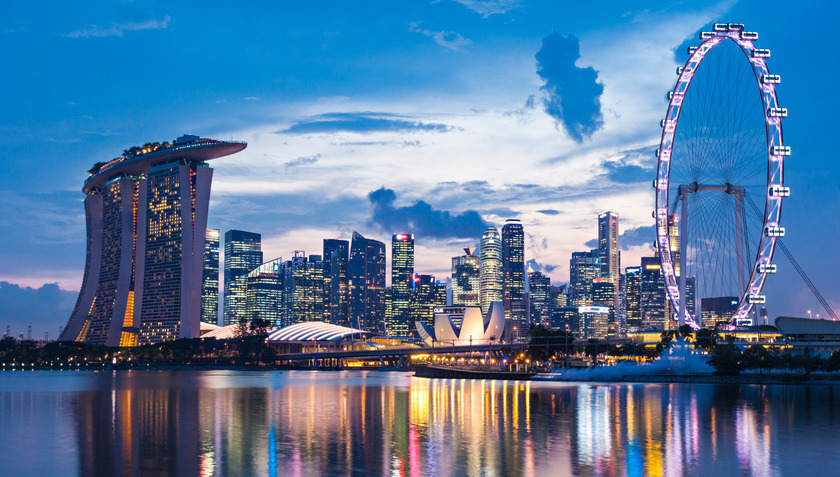
By the 19th century, Singapore had become one of the most culturally diverse and vibrant countries, with people of many different nationalities.
Imagine yourself lost in a "miniature China" right in the heart of Singapore with the ancient Chinatown, or immerse yourself in the Asian-style Islamic culture at Kampong Gelam. Every street, every corner in Singapore contains historical stories and unique cultural features, creating an extremely interesting travel experience.

Singaporean culture has a distinct blend of Chinese, Indonesian, Malay and Western, creating a unified entity without any separation.
Traditional dances, such as the distinctive Chinese Lion Dance, the rhythmic Malay Joget folk dance and the graceful Indian classical Bharatanatyam, are an integral part of Singaporean culture. They can be seen at theatres and cultural events, making the island vibrant and energetic. This celebration of many cultures makes Singapore’s arts scene truly interesting for visitors.
Language diversity
Singapore is known for its linguistic diversity, with four official languages: English, Mandarin, Malay and Tamil. Each language represents different ethnic communities and contributes to Singapore's multicultural background.
English is the primary language of administration, education and business in Singapore. It serves as a common language between different ethnic groups and is widely spoken by Singaporeans. English proficiency is emphasized in schools and the majority of Singaporeans are bilingual, fluent in both English and their mother tongue.
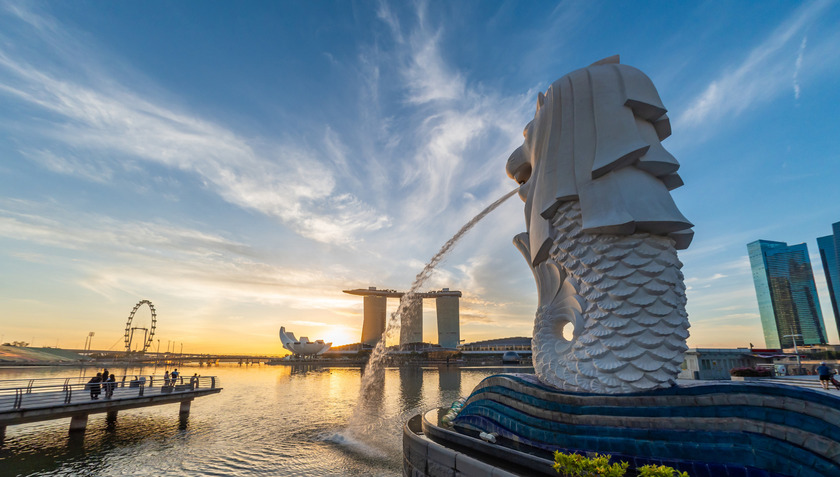
In Singapore, there are 4 main languages recognized and used by the government: English, Malay, Chinese and Tamil.
Mandarin is one of the most widely spoken languages in Singapore, especially among the Chinese community. Mandarin is taught in schools and is widely used in everyday communication. The use of Mandarin is promoted to maintain cultural ties and facilitate business exchanges with the overseas Chinese community.
Where the heritage is kept
Singapore is famous for its many museums and galleries that showcase a wide range of subjects: culture, science and art. Housed in a striking architectural building, the National Gallery Singapore is one of the most famous places in Singapore, housing a collection of contemporary Singapore and Southeast Asian art spanning centuries.
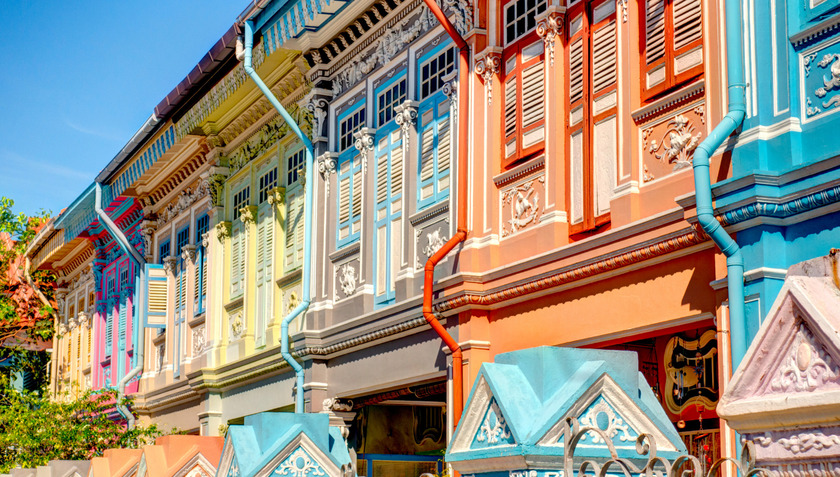
Unique cultural space preserving ancient architectural features
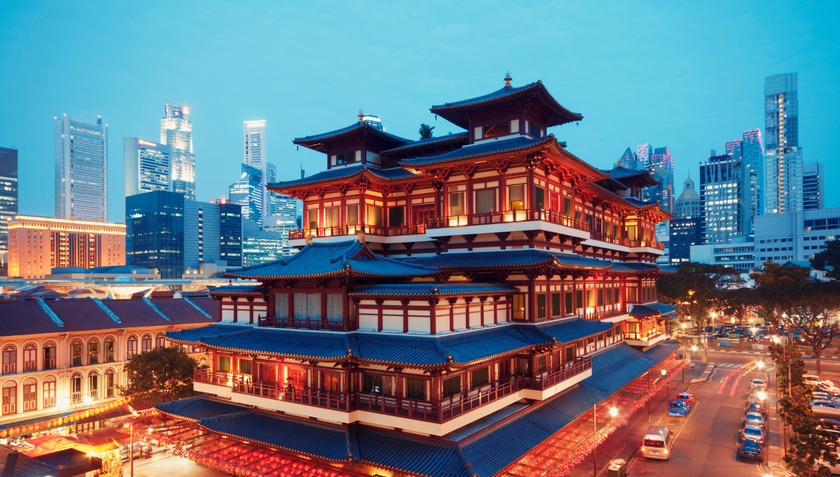
If you want to learn more about Singapore's culture or admire its vast antique collections, the National Museum of Singapore and the Asian Civilisations Museum are two places not to be missed. In addition, there are many unique art centers such as the Peranakan Museum, Esplanade Arts Centre and Singapore Art Museum, which will give visitors new perspectives and a deeper understanding of the country's artistic heritage.
Religion and beliefs
Singaporeans have a rich religious life with Buddhism, Islam, Christianity, Hinduism and Sikhism, among others. Each religion has its own places of worship, rituals and practices. In addition, there is a growing number of individuals who identify as spiritual or have personal beliefs outside the traditional religious framework. These individuals may engage in activities such as meditation, mindfulness or alternative spiritual philosophies.

National harmony led to the formation of different religious groups here.
Singapore places great emphasis on religious harmony and coexistence. The government and various religious organizations actively promote interfaith dialogue, understanding and respect among different religious communities. Religious harmony is considered important for social cohesion and national stability.
Religious festivals and ceremonies are widely celebrated in Singapore. Some of the major festivals include Chinese New Year, Hari Raya Aidilfitri, Deepavali, Christmas, Vesak Day and Thaipusam… These festivals often involve religious ceremonies, rituals and cultural celebrations that bring communities together and provide opportunities for inter-religious interaction. Singapore guarantees freedom of religion and protects the rights of individuals to practice their chosen religion or belief. However, these activities must be conducted within the law and must not infringe upon public order, morals or the rights of others.
Religious organizations play an important role in Singapore society. They provide spiritual guidance, conduct religious services, and organize community activities. They often contribute to charities, education, health care, and social welfare initiatives.





